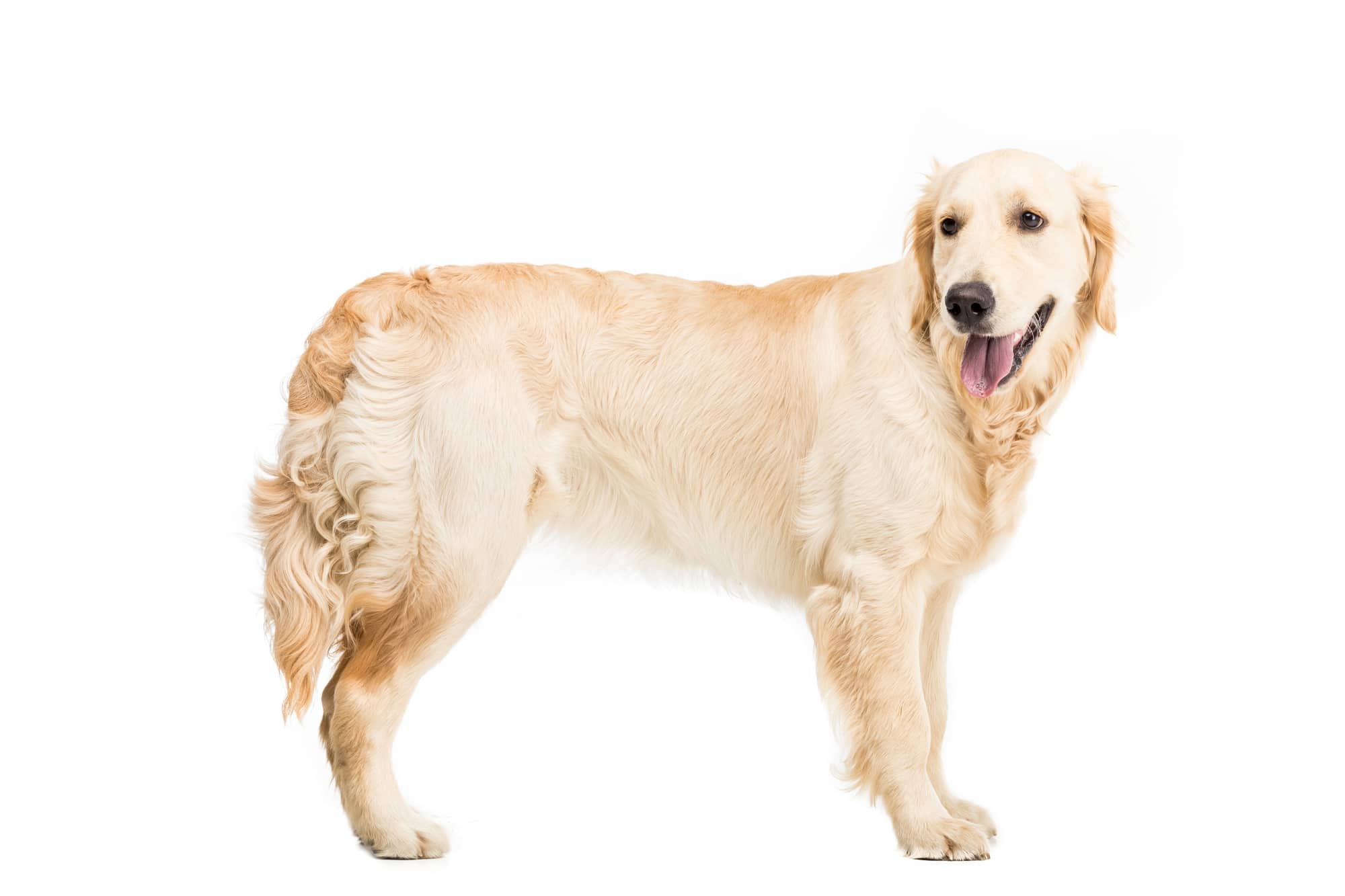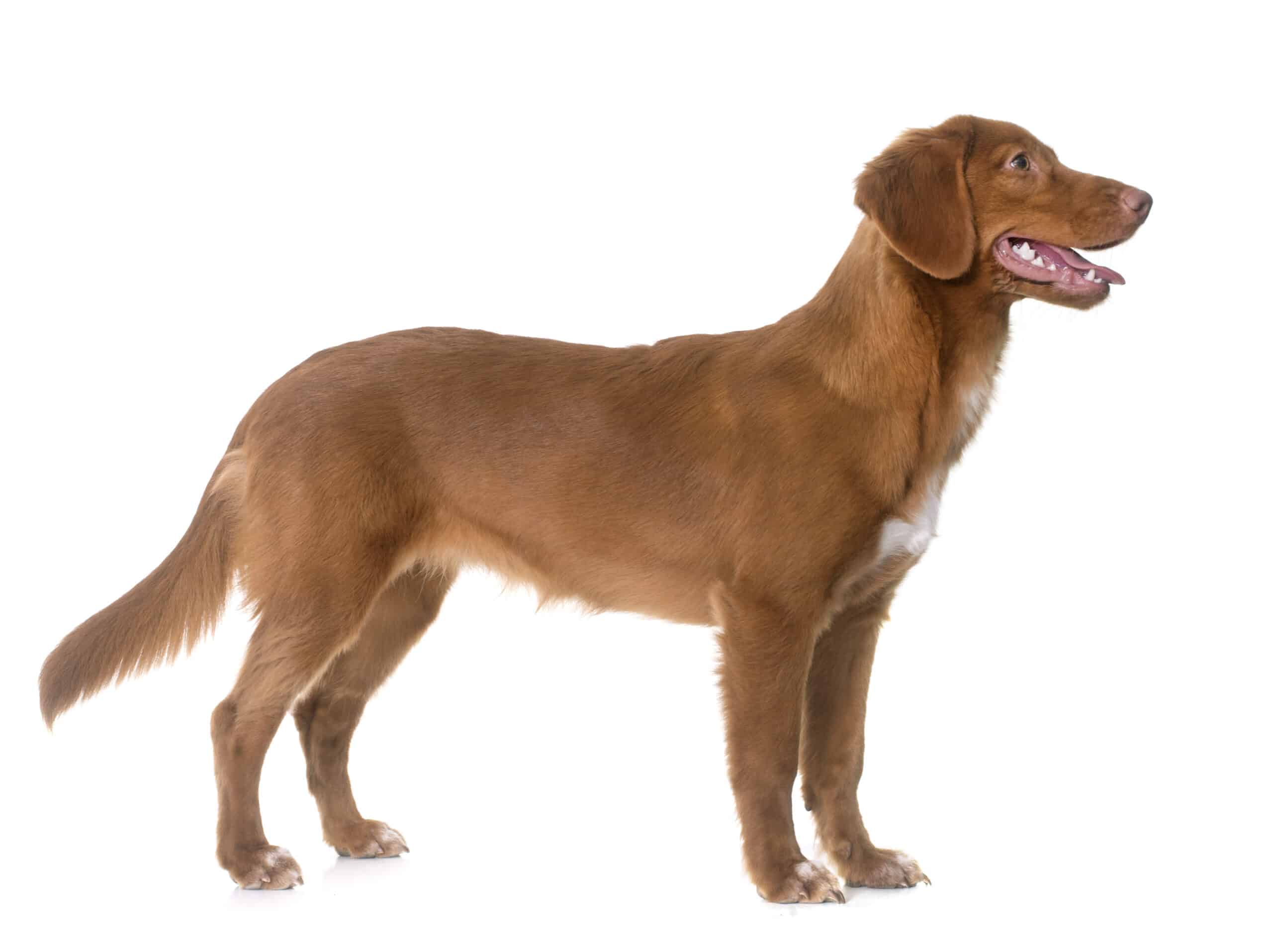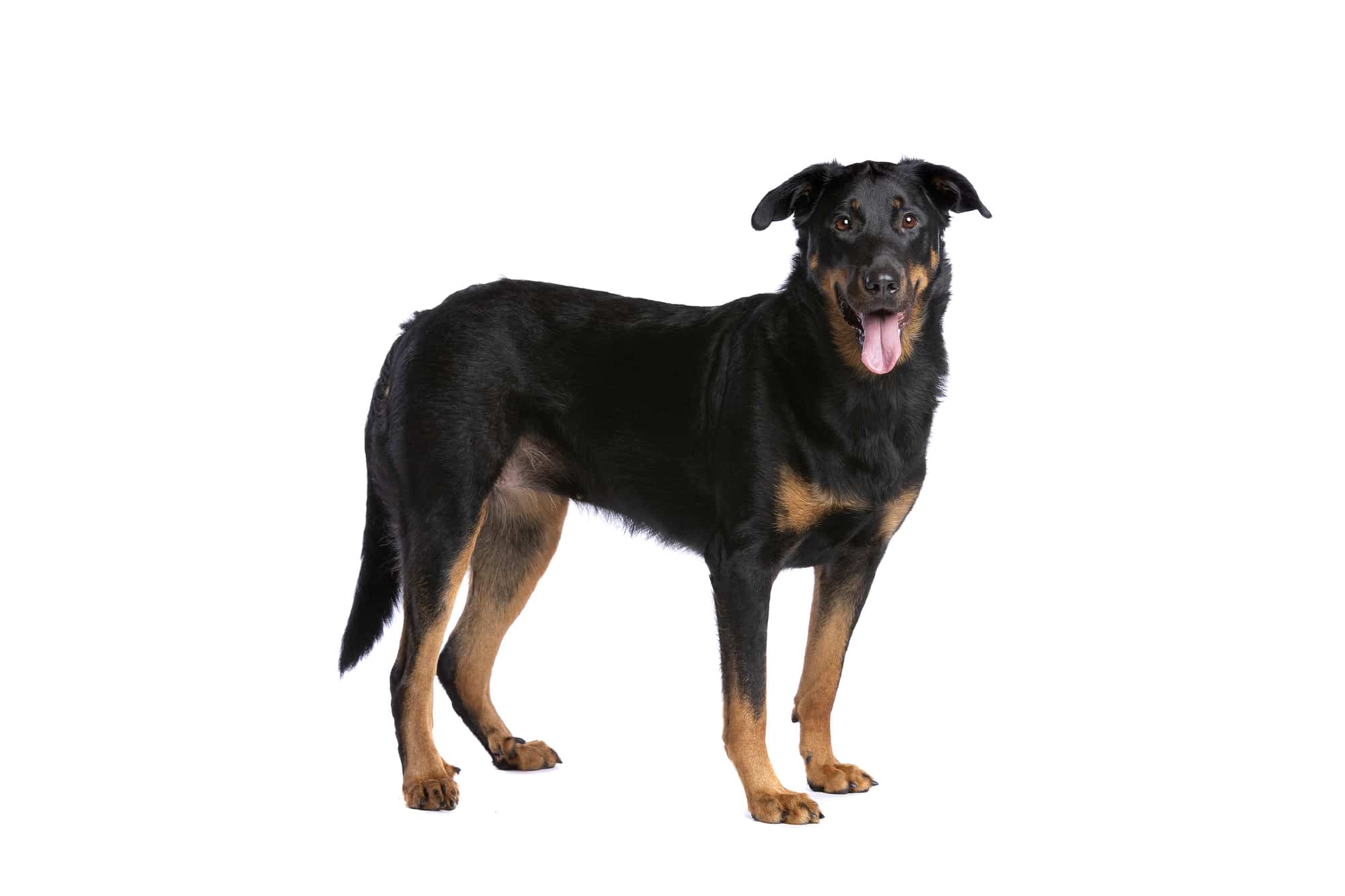Goldendoodle
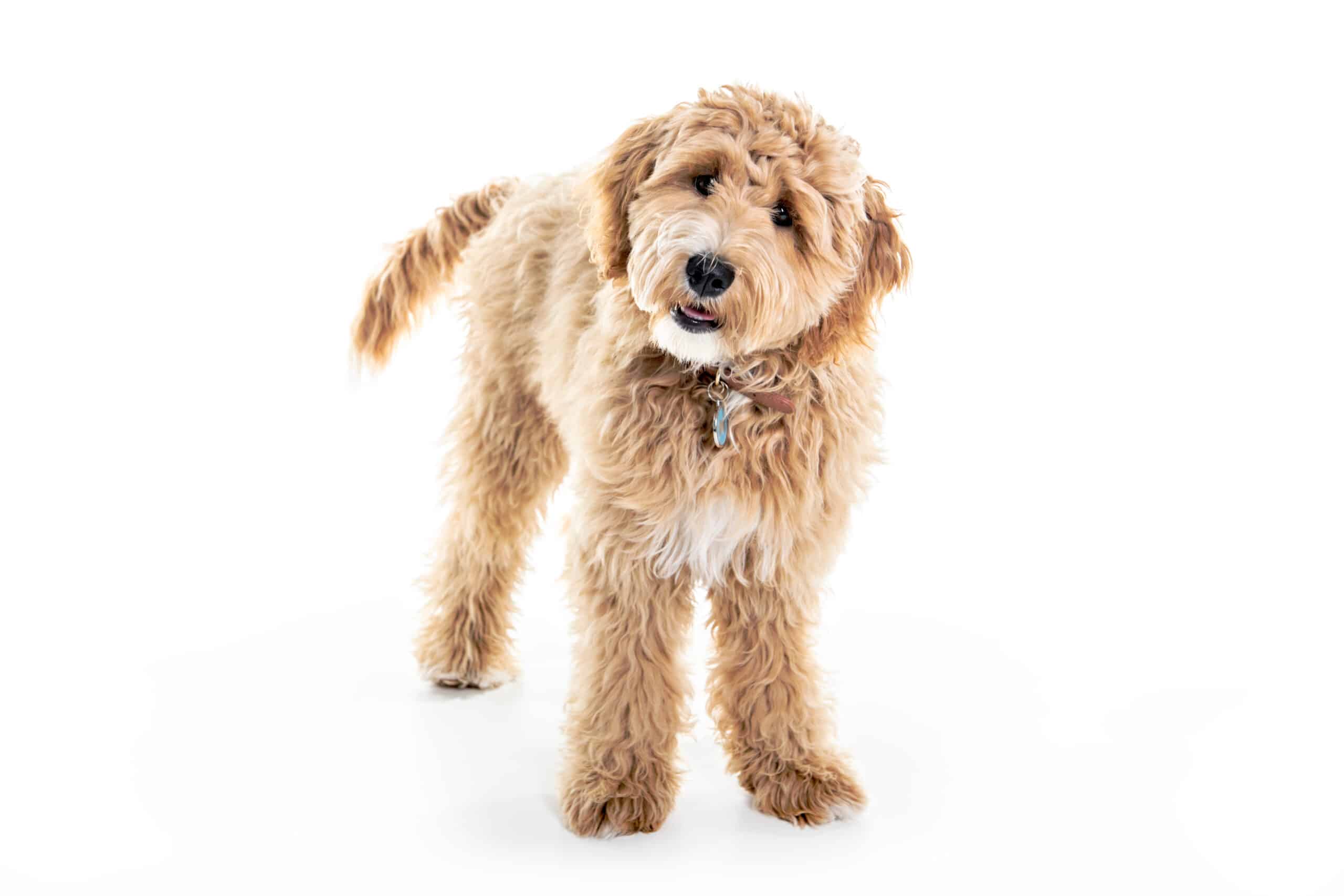
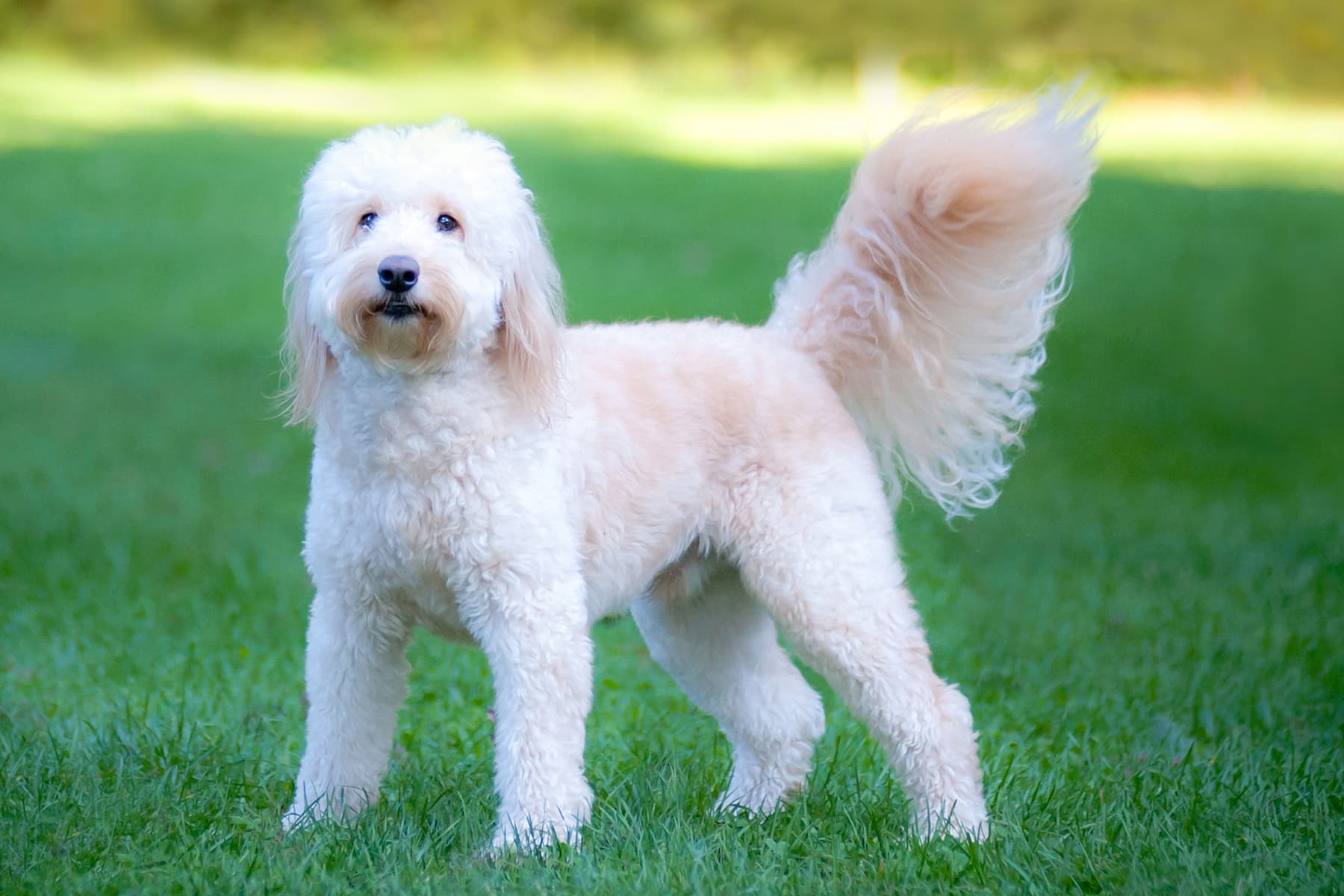
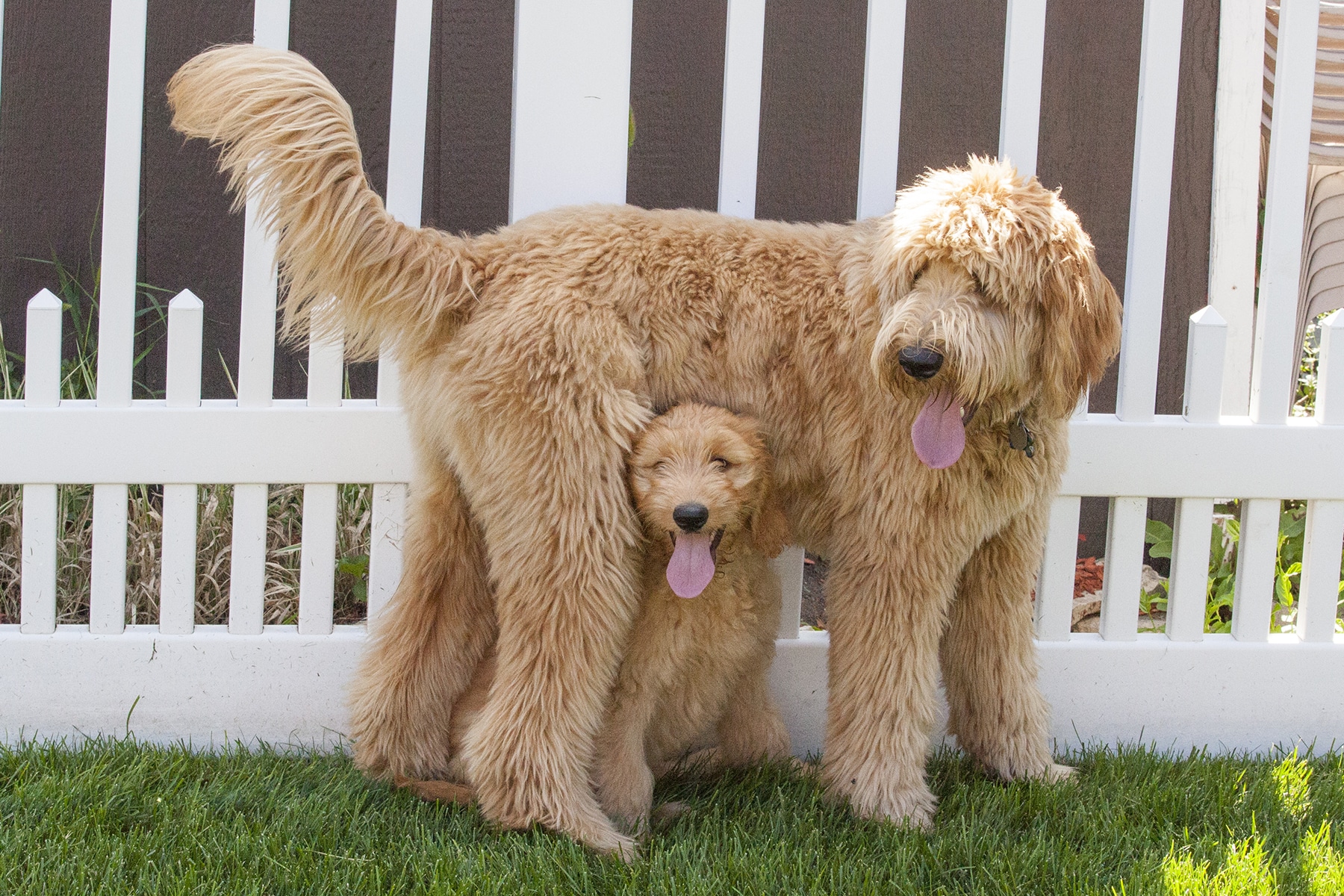
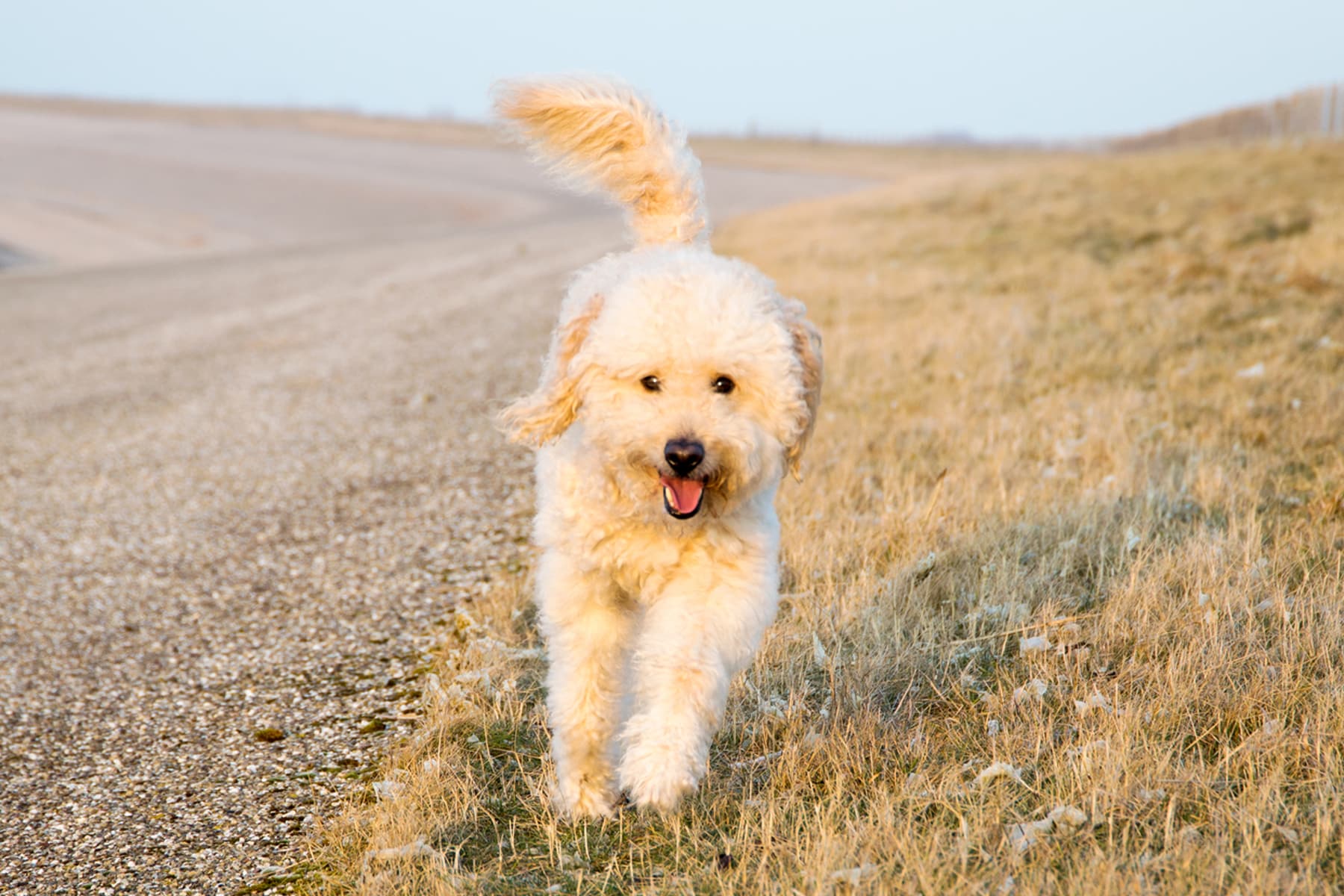
Temperament:
The cheerful and child-loving Goldendoodle is the ideal companion for the family. But seniors and singles can also enjoy the cross between a Poodle and a Golden Retriever. This is because the lively crossbreed is both obedient and affectionate. He also loves meeting new people.
Characteristics
The Goldendoodle is the result of crossing a Golden Retriever with a purebred Poodle. It combines the characteristics of both breeds. Depending on whether small poodles, miniature poodles or king poodles have been crossed, the Golden Doodle is available in Mini, Medium and Standard sizes.
An adult Golden Doodle can weigh between 10 and 45 kg. Mini and midi Golden Doodles reach a shoulder height of between 30 and 50 cm, while the standard representatives can grow up to 70 cm.
The wavy to curly coat comes in all colors, from creamy white to the classic golden blonde to black. The word "Golden" in the name merely refers to the ancestry of the Golden Retriever. So you don't have to limit yourself when it comes to coat color.
A big plus compared to the classic Goldie: like its ancestor, the poodle, the Goldendoodle sheds very little hair. In addition, its coat does not have a distinct odor of its own. This makes it particularly suitable for allergy sufferers and people with sensitive noses.
In terms of character, the Goldendoodle is the ideal family dog. It combines the Poodle's love of learning with the calmness of the Retriever. These dogs are cheerful and affectionate companions. They are easy to train and are affectionate and good-natured with children. They are never aggressive. The Goldendoodle is always friendly and open-minded towards other dogs.
Many Golden Doodles like to fetch and jump into the cool water to do so.
Although the Golden Doodle likes to romp around, he doesn't necessarily need a huge garden or daily forced marches. It simply adapts to the circumstances. A Golden Doodle can live in the countryside as well as in a city apartment. The main thing is that his favorite person is there.
As these mixed breeds are quite intelligent, you should also challenge your Goldendoodle mentally. Agility or search games, for example, are suitable for this. Otherwise boredom will quickly set in. The Golden Doodle will then look for something to do on its own. You should therefore not leave your Golden Doodle alone for too long. He likes to come to the office with you.
Its cheerful nature and the "will to please" inherited from the Golden Retriever also make the Golden Doodle ideal for beginners. Even those who have never had a dog before will get on well with the Golden Doodle. He simply wants to please his family.
Praise and recognition also spur him on. The Golden Doodle is also valued as a school and therapy dog. Thanks to its friendly nature, it can adapt well to people and situations.
Coat care:
Shedding:
Energy level:
Trainability:
Children suitable:
The right food
When choosing food, make sure that it contains high-quality ingredients, is balanced and meets your dog's requirements. Age, size or weight, activity and health status play an important role. You should follow the manufacturer's recommendations for the amount of food.
Treats should only be fed in moderation and deducted from the basic diet to avoid obesity.
Puppies can be fed 4-6 times a day. The number of meals should be gradually reduced to 2 per day until the dog is fully grown. A rest period should be observed after meals.
Fresh drinking water should be available at all times.
Health & Care
Who doesn't immediately think of a dressed-up fashion dog when they hear the word "poodle"? Fortunately, the Goldendoodle is less high-maintenance. Its fine, woolly coat only needs to be brushed once a week to prevent it from matting.
Like the Poodle, the Goldendoodle does not really shed. It therefore hardly loses any hair. The coat should therefore be trimmed and cut regularly. This prevents knots and ugly felt mats from forming. You can do this yourself with special coat scissors or go to a groomer.
On the face, the Goldendoodle's curly coat gives it a funny teddy bear look. Action is required if the hair hangs in the field of vision or even irritates the eyes. Then the hair needs to be cut or a hair tie can help. Funny hairstyle included.
Also pay attention to your Goldendoodle's ears and check regularly to make sure everything is in order. As with all dogs with drooping or attached ears, ear infections can also occur in Goldendoodles. The warm and humid climate under the ear favors infections or the growth of mites. Therefore, clean the ears regularly and look out for signs of illness. These include redness, swelling, discharge, blackish plaque or frequent scratching of the ear.
If the claws do not wear off by themselves, they must be shortened regularly with claw scissors.
Suitable accessories
Both Poodles and Golden Retrievers were originally bred for hunting. Their job was to track down game in the undergrowth and bring it back to their owners, the hunters. This heritage is in the Goldendoodle's blood. That's why he loves to run after a discarded toy, find it in the bushes and bring it back.
As the Goldendoodle is one of the more intelligent dogs, it also loves intelligent toys. These should appeal to all his senses. Toys such as a sniffer mat or a shell game train the Goldendoodle's memory, sense of smell and fine motor skills. They make for an all-round balanced dog.
Other accessories that are part of every dog's basic equipment: collar or harness with lead, dog basket or dog mat as a retreat, water and food bowl, tick tweezers, claw clippers, mild dog shampoo, brush and comb, toothbrush and toothpaste for the dog, transport box for transportation in the car and a first aid kit. Ask your vet what belongs in the first aid kit.
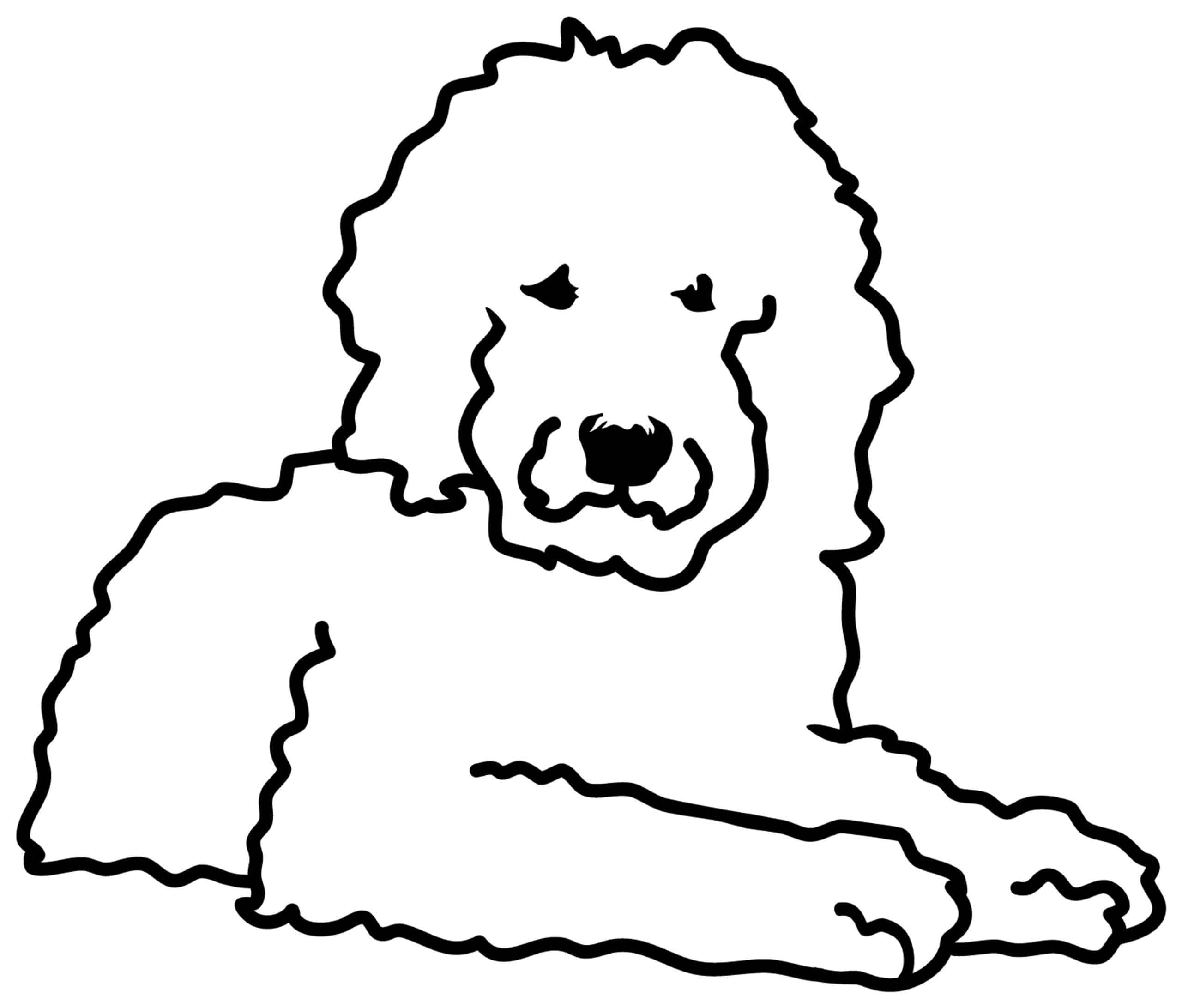
Origin & History
Goldendoodles have been bred since around the end of the 1990s, initially in the USA and Canada. They belong to the so-called designer dogs. In other words, they are crosses of two established breeds. The aim of these crosses has always been to combine the best characteristics of both breeds in one dog.
The idea of crossing poodles with other dog breeds originally came from Australia. An employee of the Australian Guide Dog Association was contacted by a Hawaiian couple in 1988. The couple were looking for a guide dog that would also be suitable for people allergic to animal hair. Initially, a poodle was crossed with a Labrador. Why? Even back then, the poodle was considered a breed that hardly sheds any hair. In addition, its coat rarely triggers animal hair allergies. The friendly Labrador Retriever, on the other hand, is eager to learn and is particularly suitable as a guide dog for the blind. The Labradoodle was born.
Other crosses with poodles were quickly tried out. The Labrador was followed by cocker spaniels and even dachshunds. Maltese and Collies were also bred. The Goldendoodle became the most popular crossbreed.
No wonder, one might say. Hardly any other poodle mix suits so many different dog owners. And with its cuddly face and cheerful nature, the Goldendoodle wraps everyone around its paws.
